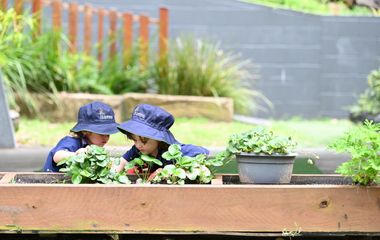
We acknowledge and pay respect to the Kombumerri people who are the traditional custodians of the land on which we work and learn. We would like to pay our respects to all Elders past, present and emerging as they hold the memories, traditions, culture and hopes of our Indigenous people.
Enter Site












